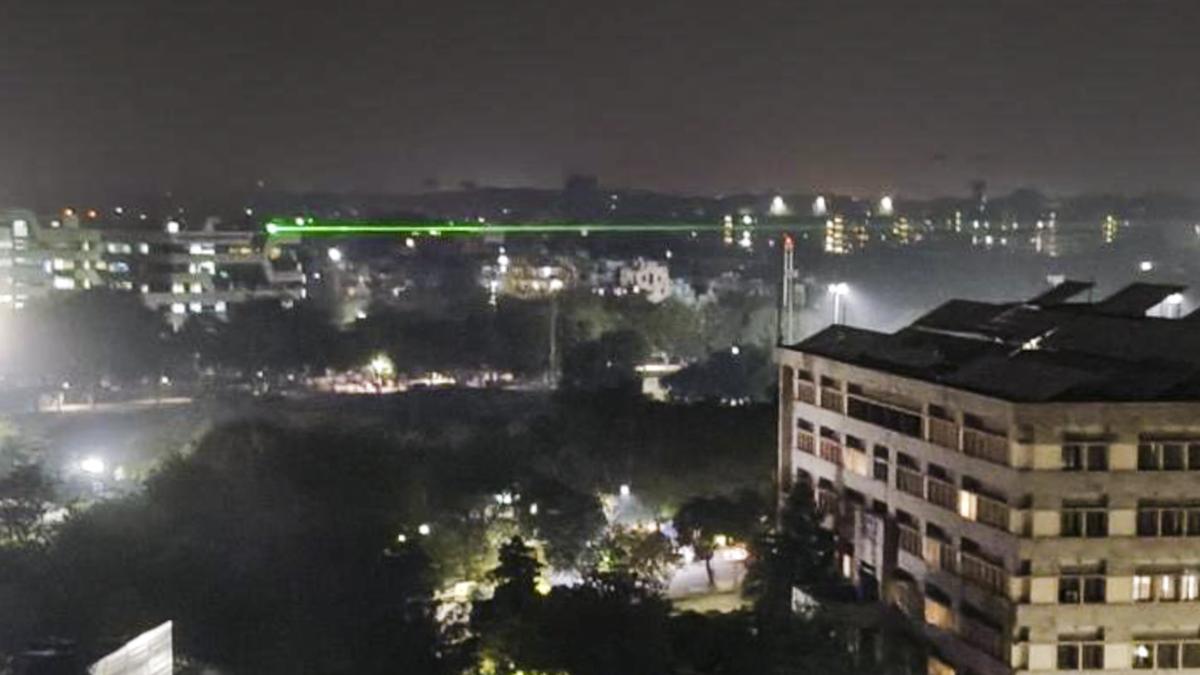ARTICLE AD BOX
Last Updated:June 09, 2025, 20:31 IST
The Indian Army may soon acquire a new indigenous QRSAM system, costing Rs 30,000 crore, for deployment along western and northern borders

Quick Reaction Surface to Air Missile System (QRSAM) is a Short Range Surface to Air Missile system. (Photo: www.drdo.gov.in/drdo/qrsam)
The Indian Army may soon get a new indigenous surface-to-air missile system. The development comes at a time when Indian air defence systems are making headlines for successfully bringing down missile and drone attacks launched by Pakistan in the aftermath of Operation Sindoor.
The proposal, which would cost Rs 30,000 crore, is scheduled to be taken by the Ministry of Defence for buying three regiments of the home-grown Quick Reaction Surface to Air Missile system (QRSAM) for deployment along both western and northern borders, news agency ANI reported.
The meeting of the Defence Acquisition Council (DAC) is planned to be held around the fourth week of June.
The QRSAM, developed by the Defence Research and Development Organisation (DRDO), is configured on highly mobile platforms and is capable of providing air defence on the move.
QRSAM Features
The Quick Reaction Surface-to-Air Missile (QRSAM) is a short-range air defence system developed to safeguard moving armoured columns from aerial threats. With an operational range of approximately 30 km, it complements existing systems like the Akash and MRSAM in the short-to-medium range category.
QRSAM is equipped with capabilities for surveillance and tracking while on the move and can engage targets during brief halts. It features an active phased array surveillance radar with a detection range of up to 120 km and a tracking radar effective up to 80 km, integrated with Identification Friend or Foe (IFF) technology. The system is designed for multi-target engagement and can counter threats from aircraft, hovering helicopters, UAVs, and other airborne targets.
How Indigenous Systems Thwartwed Pakistan’s Attacks
Indian forces had not deployed air defence systems and missiles in active operations since the Kargil War. However, this changed following the April 22 Pahalgam terror attack that claimed 26 lives, when India launched BrahMos missiles to strike terror camps in Pakistan and Pakistan-occupied Kashmir (PoK).
In response, Pakistan fired missiles and drones, but Indian Army Air Defence units effectively neutralised the threat using L-70 and Zu-23 anti-aircraft guns. Additionally, systems like the Akash and MRSAM proved pivotal, supported by the Indian Air Force’s Spyder, Sudarshan, and the advanced S-400 air defence systems.

Saurabh Verma covers general, national and international day-to-day news for News18.com as a Senior Sub-editor. He keenly observes politics. You can follow him on Twitter --twitter.com/saurabhkverma19
Saurabh Verma covers general, national and international day-to-day news for News18.com as a Senior Sub-editor. He keenly observes politics. You can follow him on Twitter --twitter.com/saurabhkverma19
- Location :
- First Published:
News india QRSAM Air Defence System To Bolster India’s Frontline, Nod Expected Soon: Report



.png)
.png)
.png)
















 1 week ago
6
1 week ago
6








 English (US) ·
English (US) ·